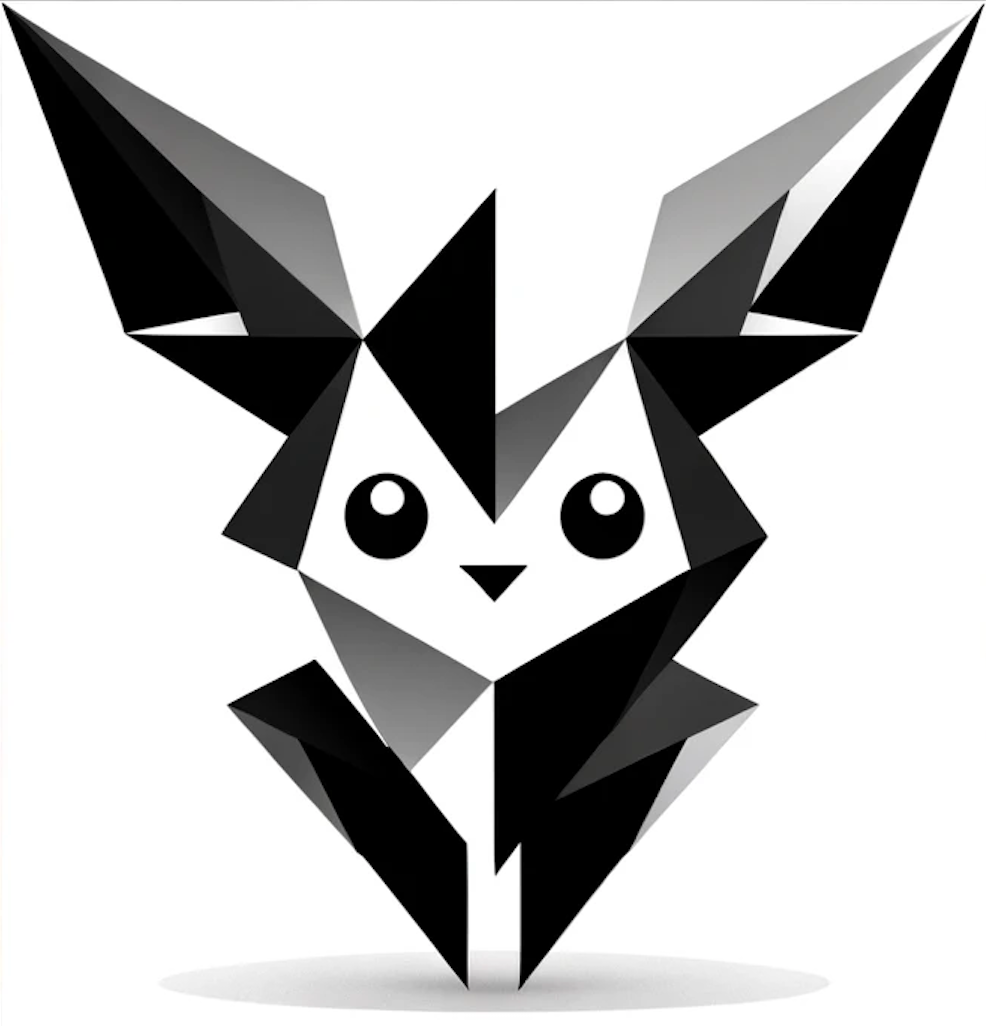Pika Labs‘ image-to-video AI generation is a remarkable innovation in the field of digital content creation. This technology goes beyond static images, enabling users to transform simple text descriptions into dynamic, moving visuals. The process begins with the AI interpreting the provided text, extracting key themes and elements. It then uses sophisticated algorithms to generate a sequence of images that collectively form a coherent video.
What makes this technology stand out is its ability to understand and visualize complex narratives, bringing them to life in a way that is both visually appealing and contextually accurate. This advancement is a game-changer for content creators, marketers, and educators, offering a tool that can create engaging and informative videos without the need for extensive technical skills or video editing experience.
Among the most notable methods and models in image-to-video AI generation, there are a few that stand out for their effectiveness and popularity. One such method is the use of Generative Adversarial Networks (GANs), which have shown remarkable ability in creating realistic images and videos. GANs work by pitting two neural networks against each other: one generates the content, while the other evaluates its authenticity. Another popular approach is the use of transformer-based models, which have been successful in understanding and generating complex sequences, making them ideal for video generation. These models are adept at capturing the nuances of a narrative and translating them into visual sequences.
Additionally, advancements in deep learning and neural rendering have also contributed significantly to the progress in this field, allowing for more detailed and lifelike video generation. As these technologies continue to evolve, they are set to revolutionize the way we create and consume digital content.
